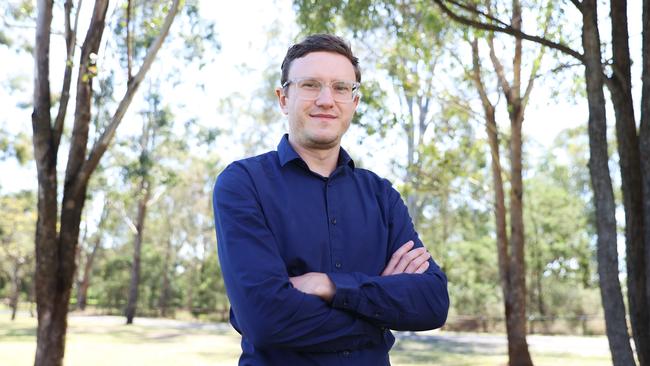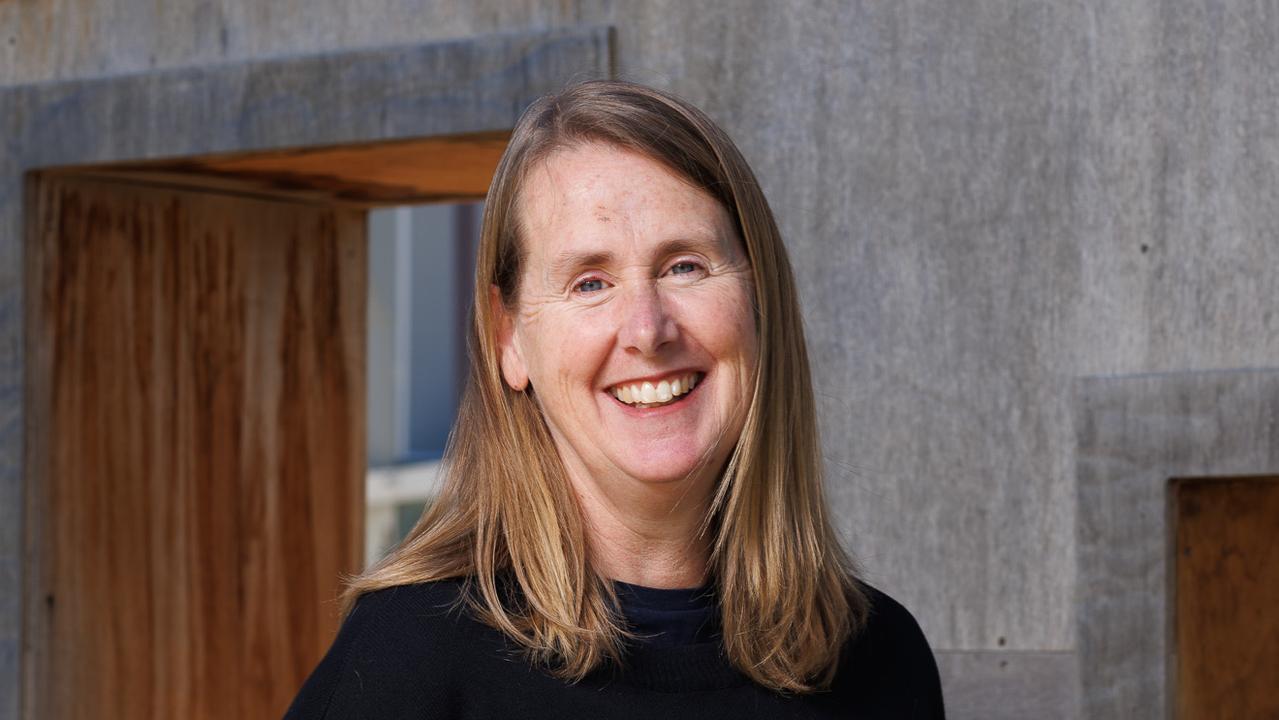Juergen Knauer is our leading researcher in atmospheric sciences
Juergen Knauer from Western Sydney University is Australia’s leading researcher in atmospheric sciences

As a child Juergen Knauer loved gardens and plants, a fascination that has flourished into researching flora on a global scale.
The environmental modeller now simulates the impact of vegetation on the climate system, along with how plants respond to a changing environment.
His models look decades into the future to inform climate change policy and also have potential in predicting threats closer to home, such as bushfire risk.
“Vegetation plays an important role in the climate system, as it acts as a carbon sink, taking up CO2 from the atmosphere,” says the Western Sydney University researcher who is named in The Australian’s 2025 Research magazine as Australia’s top researcher in atmospheric sciences.
“That’s essential for the climate because we emit CO2 from fossil fuel use and land use change. Vegetation takes up around 30 per cent of the human emissions, and that mitigates climate change. That’s why these models are quite important, from a society point of view, and an economic perspective as well.”
His interest in vegetation started early, when growing up in Germany he was always intrigued by his garden, watching how plants germinated and grew.
After studying geography as an undergraduate, Knauer moved into an area called global change ecology and was introduced to the power of modelling while doing his masters, and later his PhD, at the Max Planck Institute for Biogeochemistry in Germany.
“It opened up so many new possibilities and perspectives of what we can do and how we can predict things,” he says.
Following the PhD he moved to the CSIRO in Canberra for his first postdoctoral position in modelling and then to Western Sydney University.
Since then he has been refining models and focusing on Australian vegetation, diving more into processes that shape local ecosystems including effects of drought, nutrient limitation and disturbances such as fire.
Knauer describes how his models take into account information from small-scale experiments – for example, how plants respond to increasing CO2 concentrations – and combine those findings with measurements taken in the field and satellite photos.
Last year he published modelling that suggested the world’s plants might be able to take up more CO2 than previously predicted, after he accounted for several critical physiological processes that governed how plants conducted photosynthesis.
The information can be scaled up to show impacts of carbon sequestration on forests, or regions or the globe, and are used for informing policies on climate mitigation strategies.
“But then there are other applications at smaller scales, such as predicting the level of fire fuels that would be useful for bushfire forecasting, or what vegetation or management options are best suited to conserve or restore a certain ecosystem,” Knauer says.
“We haven’t made full use of its potential yet.”
Carbon sequestration is one key metric, but his model can look at everything from how much biomass there is to how much water the vegetation uses. “Think of it as a sort of a mini ecosystem in your computer,” Knauer says.
“Everything is connected; the vegetation grows in response to what happens in the atmosphere and in the soil. At the same time, plants influence key functions in both the atmosphere and the soil.
“All the processes that matter in real life, we aim to represent in the model. A key motivation in doing this work is to really contribute to our understanding of what we need to do to reduce climate change to sustainable levels because this is so important to the future of the planet.”



To join the conversation, please log in. Don't have an account? Register
Join the conversation, you are commenting as Logout